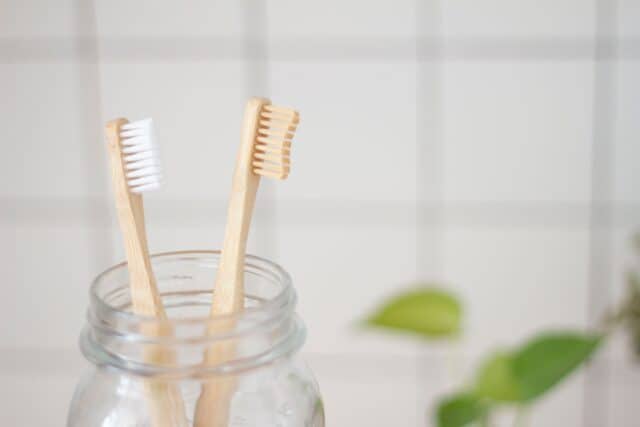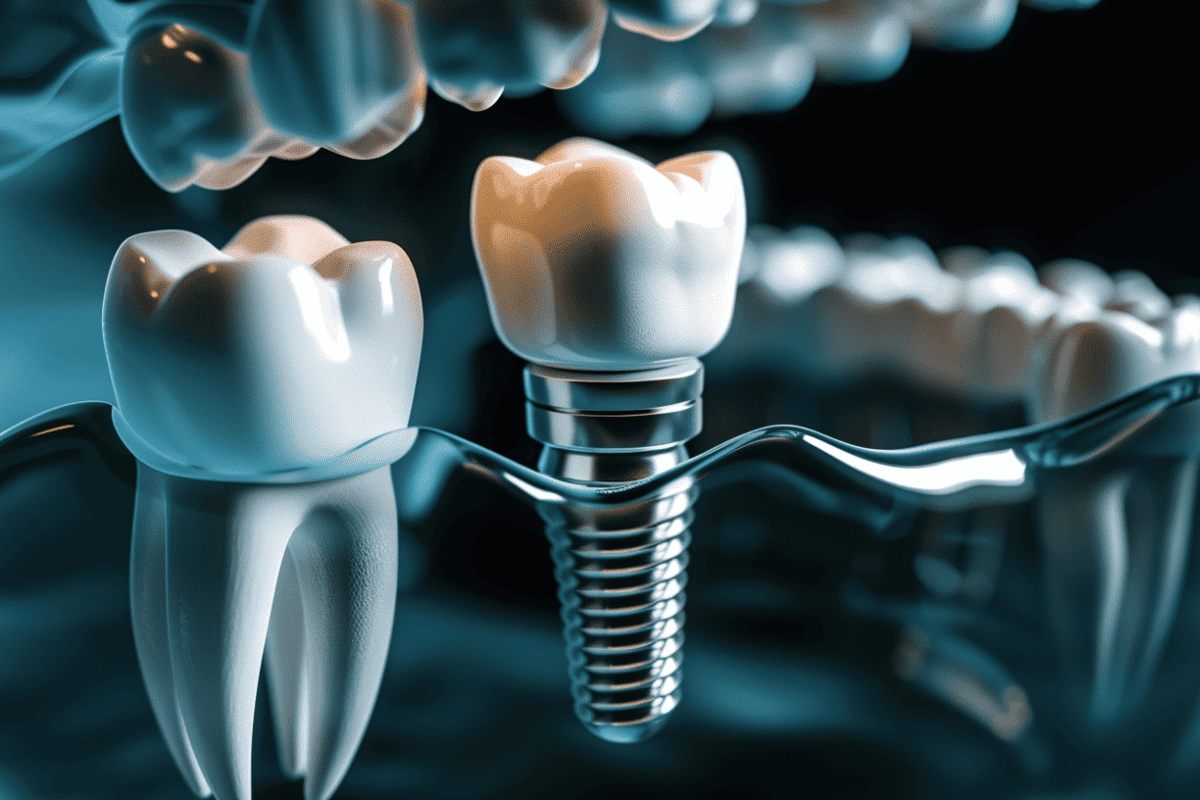Here’s a fun fact – the average toothbrush contains over 10 million bacteria, some of which are Staph and E. coli. Knowing this may surprise you, but the truth of the matter is, many Canadians don’t replace their toothbrush or clean them regularly until there are no bristles left to brush with. This article hopefully will help you out in deciding which of the several store selections you can buy.

Which Toothbrush Should You Use
Choice can be a good thing; however, when faced with a selection of 10 or more different types of toothbrushes, looks and strength play an important role. Perhaps you have a regular kind that you keep buying, or maybe you’re in the mood to try out that fancy new brand like the chewable ones or musical toothbrushes. All of these may sound like good choices; however, the trick here is to go for the one that helps your teeth as opposed to hindering them.
The Canadian Dental Association advises using certain types of toothbrushes to get the most out of cleaning your teeth the proper way. Let’s see what this advice entails:
The Right Toothbrush Head
If you haven’t read it before, you can read it now – consider the head of the brush as well as the bristles. If you have already found the right one to suit the shape of your mouth – well done! If not, finding one that is suitable may take a few tries, but once you’ve got one that can reach right to the back of your teeth, it will be worth the effort.
The molars that sit at the back of your mouth are often neglected when brushing, but they are just as important as any other teeth in your mouth. Perhaps a small head will do the trick. Or a narrow one can help you out?.
An additional tip from one Dental office in North York as seen from a search on Google is to try flossing in front of the mirror. In doing so, when you get to the back of your mouth you can check to see if your toothbrush is doing its job, or if it has left some food remnants on those molars at the back of your mouth which would be stuck on the floss.
Soft Bristles vs Hard Bristles
The common misconception amongst a lot of households is that if you use a hard bristles brush, you can clean your teeth better. The fact of the matter is quite the opposite. Using a soft brush has more advantages than a hard one.
Brushes with soft round bristles have been found to do a better job than a brush with stiff bristles. Teeth are not meant to be scrubbed, they are meant to be massaged. When you brush with stiff bristles, they can cause your teeth to become more sensitive and potentially cause gum damage. This is often caused by nerve irritation.
Cheaper the Better?
Nope. Buying a brush from a dollar store is not the way to go when you’re keen on having a healthy mouth. Buying a pack of 5 for pennies may seem economically sound, but your teeth would probably disagree. Toothbrush manufacturers that produce their products in bulk, often don’t abide by stringent safety and efficacy regulations.
A lot of these cheap brushes are made from unsafe and – obviously – cheap materials which can easily break and be harmful to your teeth and gums. When brushing at least twice a day – the recommended amount – it is always worth buying something that is a little more than a few pennies and investing in a high-quality brand.
We hope these tips help you find the right one for keepsake!
Digital Health Buzz!
Digital Health Buzz! aims to be the destination of choice when it comes to what’s happening in the digital health world. We are not about news and views, but informative articles and thoughts to apply in your business.


